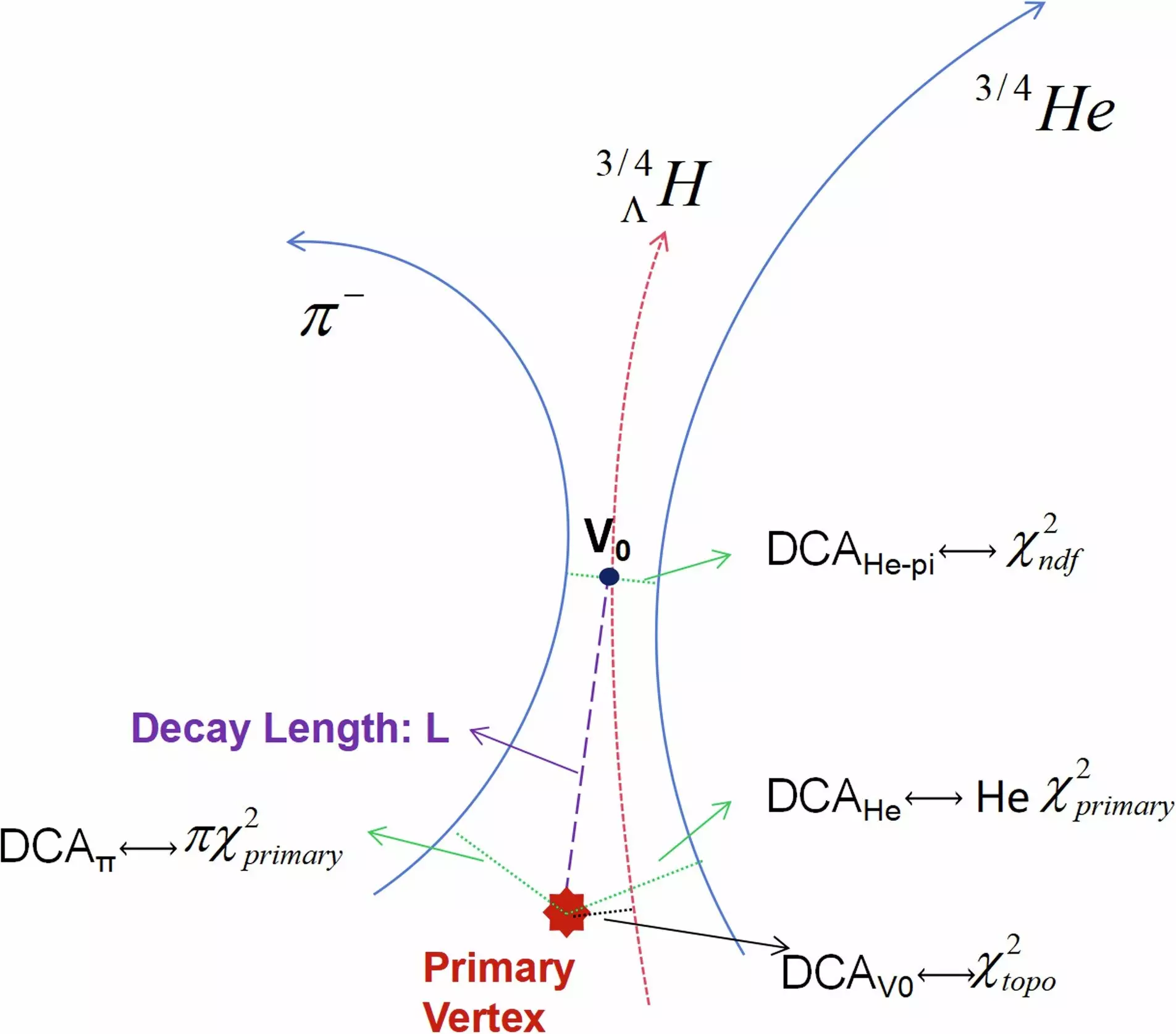The recent experiments conducted at the Brookhaven National Lab in the US have led to a groundbreaking discovery in the field of particle physics. An international team of physicists has successfully detected the heaviest “anti-nuclei” ever observed. These anti-nuclei are composed of exotic antimatter particles, shedding light on the nature of antimatter and its properties.
The concept of antimatter is relatively new, dating back less than a century. In 1928, British physicist Paul Dirac formulated a theory that predicted the existence of antielectrons, or positrons, with negative energy. This theory paved the way for the discovery of antimatter particles such as antiprotons and antineutrons. However, the question of the scarcity of antimatter in the universe compared to matter continues to puzzle scientists.
The results of the recent study were published in the journal Nature on August 21, showcasing the findings of the STAR experiment at the Relativistic Heavy Ion Collider. By colliding heavy elements at high speeds, scientists were able to recreate the conditions of the universe moments after the Big Bang. Within these collisions, the researchers discovered hypernuclei made of antimatter, including the heaviest anti-nuclei ever observed known as antihyperhydrogen-4.
The study of antimatter also holds significance in the realm of dark matter research. Dark matter, a mysterious substance that makes up a significant portion of the universe, remains undetectable through direct observation. Theoretical predictions suggest that dark matter collisions could produce antimatter particles such as antihydrogen and antihelium. Understanding the mechanisms of antimatter production could provide valuable insights into the search for dark matter.
Despite significant advancements in antimatter research, fundamental questions regarding the scarcity of antimatter persist. Efforts are underway at various experimental facilities such as the Large Hadron Collider to uncover the secrets of antimatter and its elusive nature. By 2032, on the centenary of the discovery of antimatter, researchers hope to have made substantial progress in unraveling the mysteries of this enigmatic form of matter.
The recent discoveries in antimatter research have opened up new possibilities for understanding the universe’s composition and evolution. The detection of heavy anti-nuclei and their properties offer valuable insights into the behavior of antimatter particles. As scientists delve deeper into the realm of particle physics, the quest to uncover the secrets of antimatter and its connection to dark matter continues to drive exploration and discovery in the field.


Leave a Reply